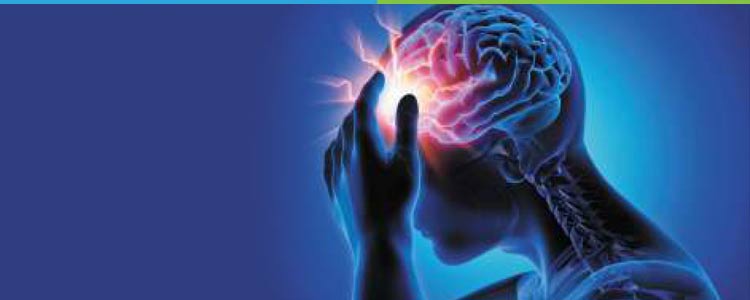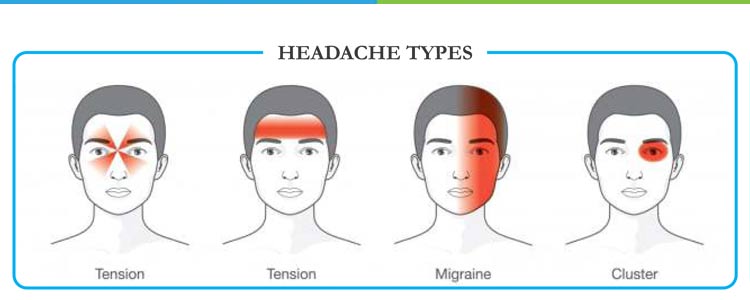ALL YOU NEED TO KNOW ABOUT MIGRAINE

What is Migraine?
A migraine is a type of headache which is accompanied by nausea, vomiting and sensitivity to light. Migraines can last from 4 hours to 3 days and sometimes longer than that. In most people migraine headaches are common between ages 10 and 40.
What are causes of migraine?
The exact cause of migraine is still unknown. Research suggests that migraine is due to the genetic and environmental factors which affect the brain. When the triggers like bright lights and weather changes are inherited then migraine headaches occur.
Some other risk factors are:
Hereditary: If one parent has a history of migraine headache, their child has a 50% chance of getting migraine and if both the parents have them, the risk can jump to 75%.
Lack of Food or Sleep: People prone to migraine headaches have a regular pattern of meal and sleep. Low blood sugar from skipping meals can trigger a migraine.
Gender: Migraines typically affect boys more than girls, but this reverses during adolescence. In adulthood women are much more likely than men to experience migraine.
Menopause: The intensity, severity and duration of migraines may change during pregnancy or menopause. The hormonal fluctuations of estrogen and progesterone are factors in some women with migraines.

What are the symptoms?
- Nausea and vomiting
- Loss of appetite
- Feeling very warm or cold
- Pale skin
- Fatigue
- Dizziness
- Blurred vision
What are the different types of migraine?
There are two types of migraine headaches
- Migraine with aura
- Migraine without aura
Migraine with Aura: About 25% of people who suffer from migraine headaches will have an aura about 20 minutes to an hour before the pain. They may see flashing lights, wavy lines, or dots, or they may have blurry vision or blind spots. These are called “classic migraine headaches.”
Migraine without Aura: A migraine without aura is more than just a headache. The pain is so unbearable that it stops you from carrying on the daily activities. And it is accompanied by nausea and vomiting.
How is migraine diagnosed?
Migraine headaches are diagnosed through symptoms, but the doctor may ask to get a brain scan done to rule out other causes of headaches, such as a brain tumor or bleeding in the brain. A CT scan uses special X-rays to create cross-sectional images of the brain and a MRI uses radio frequency pulses and a magnetic field to create images of the brain.
How is migraine treated?
- Over-the-counter pain-relief drugs such as aspirin, acetaminophen or ibuprofen relieve mild migraine pain for some people. However, overuse may make these headaches worse or may lead to ulcers or other gastrointestinal problems.
- Biofeedback and relaxation training gives you relief similar to the help a patient gets from medication. Biofeedback uses a monitor to train the patient to recognise the onset of muscle tension and changes in body temperature that is signal of stress.
- In acupuncture therapy, very fine needles are inserted in specific spots to balance the body’s energy flow. Some researchers have found that acupuncture causes the brain to release chemicals that affect pain.
What are some ways to prevent migraine?
The best way to prevent migraine is to find out what triggers the attacks and limit these triggers. As migraine headaches are more common during times of stress, finding healthy options to cut down and cope with stress may help. Work with your doctor to come up with a plan for managing your migraines.


Consultant Neurologist
